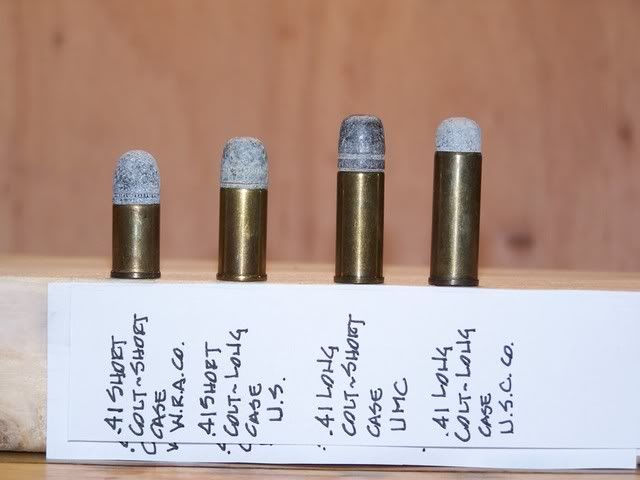No kidding. I am assuming that those are live rounds, where in the heck do you find these? Much less information on them?
They are, or were, live rounds. Many have deteriorated to the point they are no longer "live." But they have not been deactivated.
As sources, pretty much what Mike said, plus combing old hardware stores and gunsmiths shops.
As to information
Pistol and Revolver Cartridges
by White and Munhall is the most authoritative. Volumes I and II deal with centerfire pistol and revolver cartridges, both metric and Imperial. This is published by the H.P. White Laboratory, the authority for many years on questions regarding ammunition.
Another is
U.S. Cartridges and Their Handguns 1795-1975 by the late Charles R. Suydam. Suydam was one of the leading authorities on old ammunition.
The Cartridge Guide by Ian V. Hogg is an identification manual based on dimensional data, also good for headstamp identification.
Manual of Pistol and Revolver Cartridges Volume I Centerfire Metric Calibers by Erlmeier Brandt is dual language of English and German of European handgun cartridges.
Don't know of any sources of these books.
The H.P. White Laboratory incidentally, is the one that verified the fact that, several years ago, a Navy F-8 Crusader did in fact shoot itself down with its own gunfire.
Bob Wright


